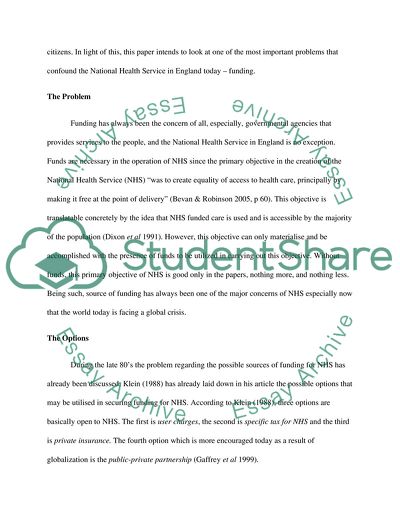Cite this document
(Th Ways of National Health Service Funding Term Paper, n.d.)
Th Ways of National Health Service Funding Term Paper. Retrieved from https://studentshare.org/health-sciences-medicine/1724522-consider-the-different-ways-of-health-care-funding-which-method-would-you-choose-to-implement-in-the-nhs-justify-and-clearly-state-the-implications-of-your-choice-to-service-user-providers-and-the-system-as-a-whole
Th Ways of National Health Service Funding Term Paper. Retrieved from https://studentshare.org/health-sciences-medicine/1724522-consider-the-different-ways-of-health-care-funding-which-method-would-you-choose-to-implement-in-the-nhs-justify-and-clearly-state-the-implications-of-your-choice-to-service-user-providers-and-the-system-as-a-whole
(Th Ways of National Health Service Funding Term Paper)
Th Ways of National Health Service Funding Term Paper. https://studentshare.org/health-sciences-medicine/1724522-consider-the-different-ways-of-health-care-funding-which-method-would-you-choose-to-implement-in-the-nhs-justify-and-clearly-state-the-implications-of-your-choice-to-service-user-providers-and-the-system-as-a-whole.
Th Ways of National Health Service Funding Term Paper. https://studentshare.org/health-sciences-medicine/1724522-consider-the-different-ways-of-health-care-funding-which-method-would-you-choose-to-implement-in-the-nhs-justify-and-clearly-state-the-implications-of-your-choice-to-service-user-providers-and-the-system-as-a-whole.
“Th Ways of National Health Service Funding Term Paper”. https://studentshare.org/health-sciences-medicine/1724522-consider-the-different-ways-of-health-care-funding-which-method-would-you-choose-to-implement-in-the-nhs-justify-and-clearly-state-the-implications-of-your-choice-to-service-user-providers-and-the-system-as-a-whole.


